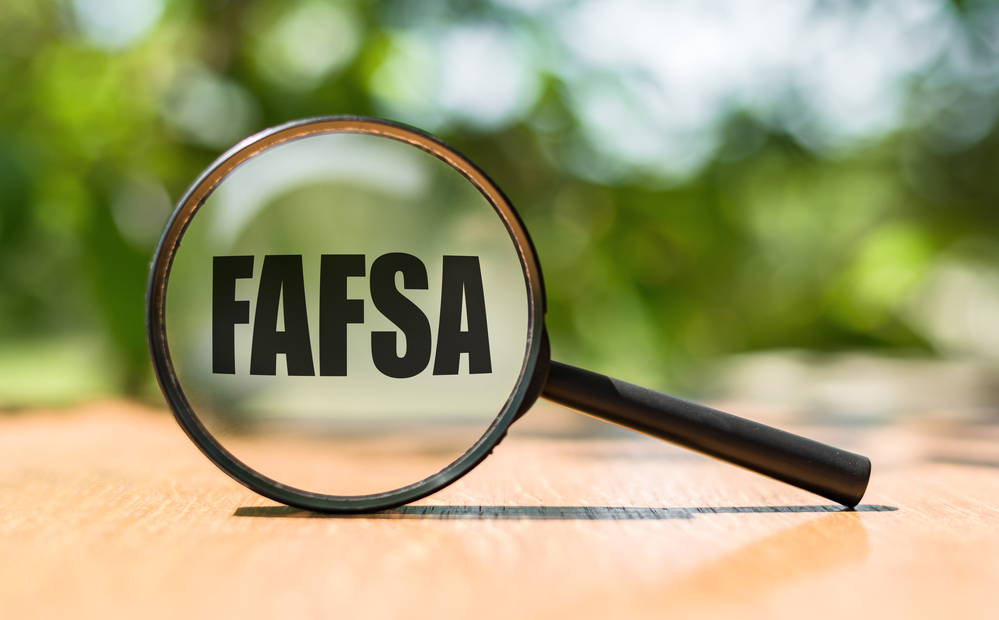
Anyone can get confused about which tax year to use for the FAFSA.
The key to knowing which year to use is to subtract two from the beginning of the academic year. It’s often referred to as “prior-prior” year tax information. For example, the Free Application for Federal Student Aid (FAFSA) for the 2025-26 academic year is based on 2023 tax information (subtract 2 from 2025 to determine that 2023 taxes are used).
While it is a good idea to have your tax return with you when you complete the FAFSA, most applicants won’t need to refer to it if the Direct Data Exchange (DDX) process with the Internal Revenue Service works properly. The process works behind the scenes, but contributors will need to give approval for it to be used.
Switching from “prior” year to “prior-prior” year information was a change made starting with the 2017-18 FAFSA. Some reasons for the “prior-prior” year information include:
- It eliminates estimating tax information, especially if the prior year taxes have not yet been filed.
- It reduces the need to make corrections to the FAFSA to update information after taxes have been filed.
- It allows a student to submit the FAFSA as soon as it is available.
Asset information, which is different than income information, is determined as of the date you are completing the FAFSA as it is a “snapshot” of your financial situation at that moment in time.
If your 2023 tax information doesn’t reflect your current financial situation, you need to submit the FAFSA using that information and then contact the college financial aid office. They may be able to make adjustments to the FAFSA information based on your current situation.


